Graphic design for bathrooms gained traction in recent years as homeowners and designers sought to elevate often-overlooked spaces into realms of charm and personality. Once considered just mundane, bathrooms are now canvases for creativity and innovation. Graphic design brings sophistication and flair to these utilitarian rooms, offering a fresh take on aesthetic personalization. Whether through bold patterns, custom tiles, or striking wall decals, graphic design revitalizes bathroom spaces with both elegance and whimsy. Transform your bathroom into a visually captivating oasis with the following graphic design ideas.
Bathroom color palette
A bathroom color palette can dramatically influence the ambiance, with careful consideration needed to balance visual appeal and functional aspects. Neutral tones like soft grays or soothing beiges create a serene and timeless aesthetic, allowing for an adaptable backdrop that can be enhanced with bold accessories such as vibrant towels or decorative ceramics. Pops of color, like deep navy or forest green, add depth and can be used strategically to highlight specific features, such as a vintage clawfoot tub or modern vanity, fostering a balanced blend between boldness and tranquility. The interplay of varying textures within the color palette, such as matte tiles paired with glossy finishes or natural wood elements against sleek metal fixtures, can further refine the design, offering a cohesive yet dynamic visual experience that is both inviting and refreshing.
Typography selection
Selecting the right typography for bathroom graphic design plays a critical role in setting the atmosphere and ensuring readability in potentially low-lit, moisture-rich environments. Serif fonts bring a classic touch, perfect for traditional-style bathrooms, where each curve and stroke echoes timeless elegance. Conversely, sans-serif fonts offer a sleek and modern aesthetic, working well in contemporary bathroom designs where simplicity and cleanliness may echo the minimalism of tile lines and fixtures. Consideration of font weight varies for practical purposes, ensuring inscriptions on items such as hand-washing instructions or shower labels remain legible through steam and water splashes, challenging designers to balance aesthetic vision with the functional purpose of visibility and hygiene-compliance.
Tile pattern design
The tile pattern design in a bathroom plays an integral role in setting the tone and aesthetic ambiance of the space, offering both functionality and an artistic touch. This design often incorporates geometric or intricate patterns, blending classic motifs with modern styles such as chevrons, herringbone, or Moroccan-inspired layouts. Rich color palettes complement these patterns, ranging from soothing blues and greens that evoke a spa-like serenity to bold blacks and whites for a more dramatic effect. Textural contrasts are also common, achieved through the use of matte and glossy finishes or incorporating different materials like ceramic, porcelain, and glass mosaics, adding depth and a multisensory dimension to the bathroom experience.
Wall art layout
When designing wall art layout for a bathroom, consider the spatial dynamics and the intended atmosphere of the space. Opt for moisture-resistant materials to ensure longevity while maintaining aesthetic appeal. Carefully curate pieces that reflect a cohesive theme or color palette, with emphasis on balance and proportion. Arrange artworks in a visually pleasing sequence, aligning with existing fixtures like mirrors or vanities, to create a harmonious flow that enhances the overall ambiance without overwhelming the intimate environment.
Shower curtain graphics
Graphic design for bathroom shower curtains often involves a careful examination of design elements to create a visually cohesive space. Patterns are selected with consideration towards the ambiance they will contribute to, ranging from serene oceanic themes with turquoise hues and soft wave motifs to bold geometric patterns that provide a more modern edge. High-quality materials, such as digitally printed polyester, are frequently chosen to ensure durability and vibrancy, as well as easy maintenance. With varying opacity and fabric texture, designers aim to balance functionality with aesthetic appeal, enhancing the spatial illusion by playing with light diffusion and color contrasts to transform the shower curtain into an integral focal point of bathroom decor.
Vanity area design
The vanity area in bathroom design necessitates a keen eye for both aesthetics and functionality, orchestrating a harmonious blend of materials and layout to optimize space while enhancing the visual appeal. A chic and contemporary approach involves the use of sleek, minimalist lines paired with high-gloss finishes or matte textures that reflect natural or artificial light, creating a sense of depth and openness. To further elevate the sophistication of the design, meticulous attention to lighting--through the integration of strategically placed LED fixtures or pendant lights--offers both ambient and task-specific illumination, highlighting the intricacies of the countertop materials, whether it be a luxurious quartz, marble, or a sustainable, engineered stone. Incorporating storage solutions with bespoke cabinetry or floating shelves not only maximizes organization but also contributes to a clutter-free aesthetic, which can be accentuated by the strategic use of mirrors to amplify space and reflect personal style preferences.
Bathroom signage
Graphic design for bathroom signage intertwines functionality with aesthetic allure, requiring a balance of clear communication and stylistic expression. Designers often employ modern typography, opting for sans-serif fonts that convey messages with precision while maintaining simplicity. Color palettes usually revolve around calming hues, like soft blues and muted greens, which are not only visually soothing but also enhance the legibility of the sign against various bathroom surfaces, from polished tiles to matte walls. Iconography plays a crucial role, with universally recognized symbols such as silhouettes and directional arrows shaped elegantly to ensure both intuitive understanding and a pleasing visual composition.
Mirror frame design
The mirror frame design in a bathroom can dramatically influence the room's aesthetic appeal and functionality, acting as a statement piece while harmonizing with other elements such as tiles, fixtures, and lighting. A contemporary choice might feature minimalist frames crafted from brushed metals like chrome or matte black, offering sleekness and allowing for easy integration into modern bathroom styles. For those inclined towards a more rustic or vintage look, mirror frames crafted from reclaimed wood can introduce warmth and texture, complementing earthy tones and providing a striking contrast to polished surfaces. Accentuating this further, frames embellished with intricate carvings or geometric patterns can introduce a dynamic visual texture, becoming the focal point that draws the eye while reflecting the personality and flair of the homeowner's design sensibility.
Decorative decals
Decorative decals for bathrooms have transformed the way spaces are personalized, offering endless possibilities to elevate aesthetic appeal. Intricately designed decals featuring motifs like intricate floral patterns, geometric shapes, or whimsical aquatic themes can be seamlessly applied to bathroom tiles, mirrors, and glass shower doors, enhancing the overall ambiance without permanent renovations. Decals made from water-resistant and durable materials ensure they withstand the high moisture environment typical of bathrooms, maintaining their vivid colors and sharp outlines over time. Creative layering techniques and strategic placement allow for the creation of stunning focal points or subtle accents, enabling homeowners to reflect their unique style and preferences effortlessly.
Floor graphic elements
In the domain of bathroom design, incorporating graphic elements into the flooring presents a multidimensional opportunity to innovate and personalize spaces. Utilizing waterproof, slip-resistant materials such as ceramic tiles, designers can embed intricate patterns or vivid motifs, creating a foundation that elevates the entire aesthetic of the bathroom. Options could range from geometric tessellations that guide the visual flow to nature-inspired graphics like pebbles or marine life, instilling a sense of tranquility and complexity beneath the feet. Advanced printing technologies allow for custom designs that reflect personal tastes, such as abstract art or cultural symbols, ensuring that the bathroom floor serves as a unique canvas that enhances the overall ambiance while maintaining functionality.






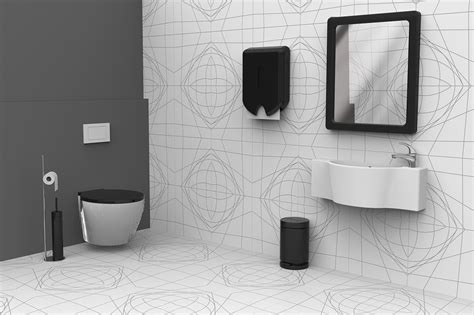
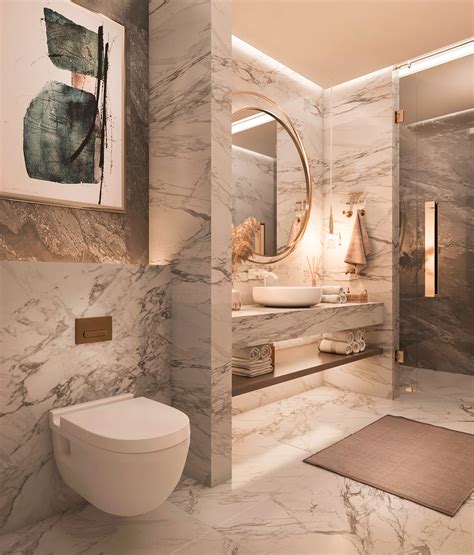
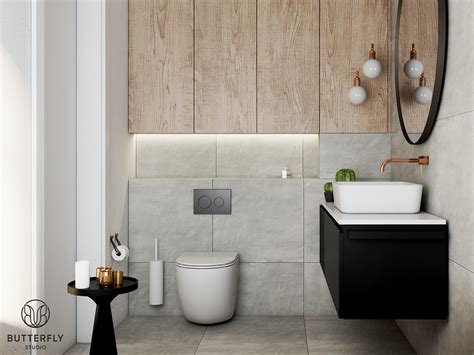
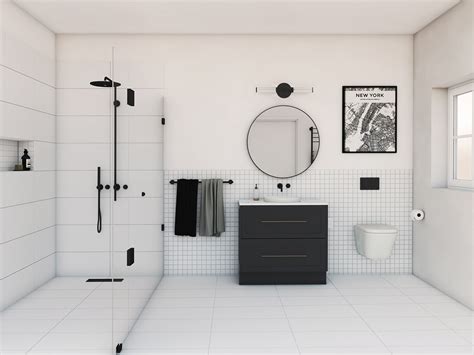
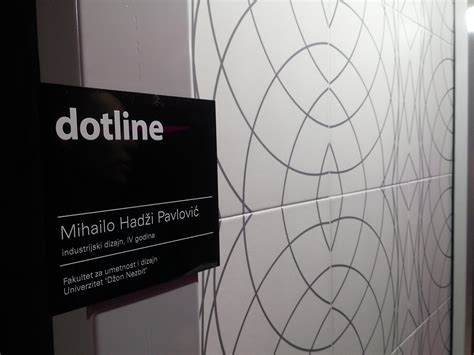
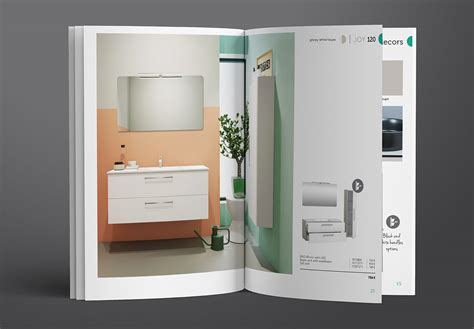
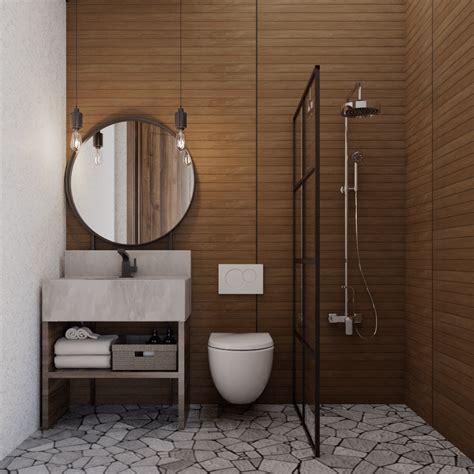
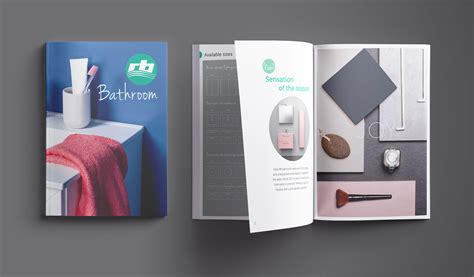
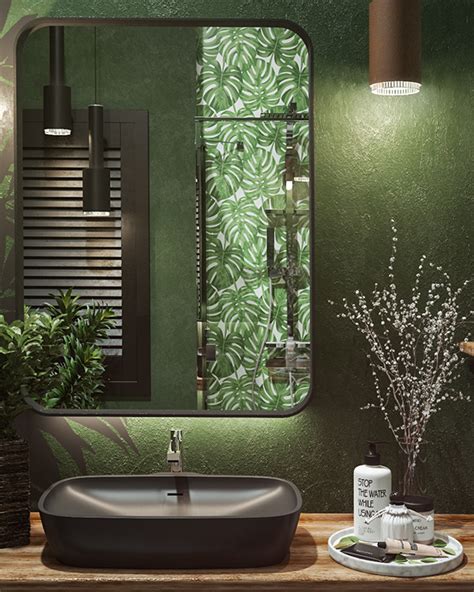
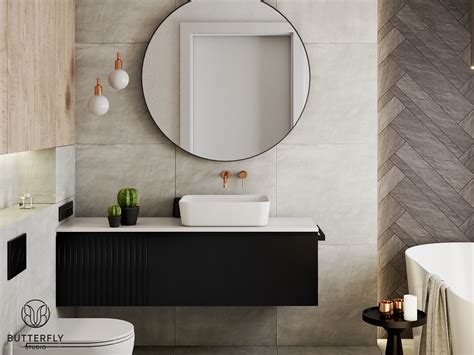
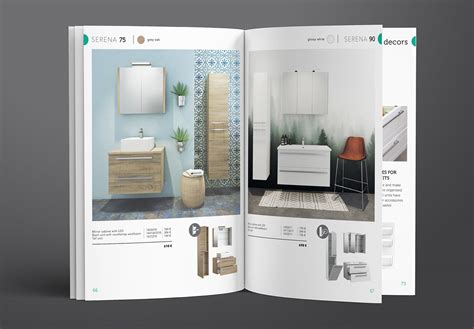
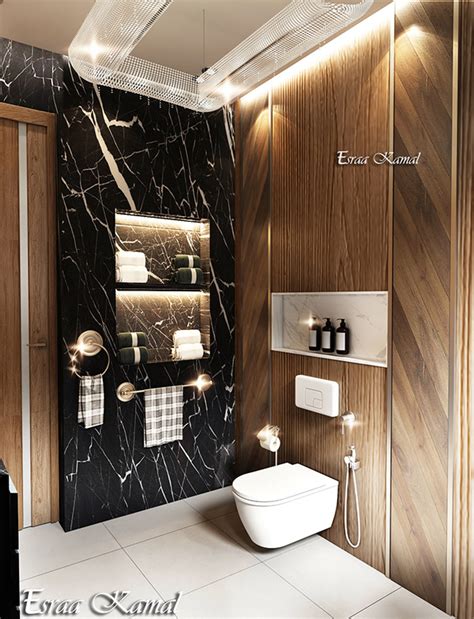
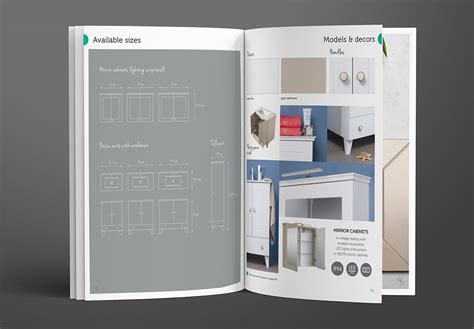
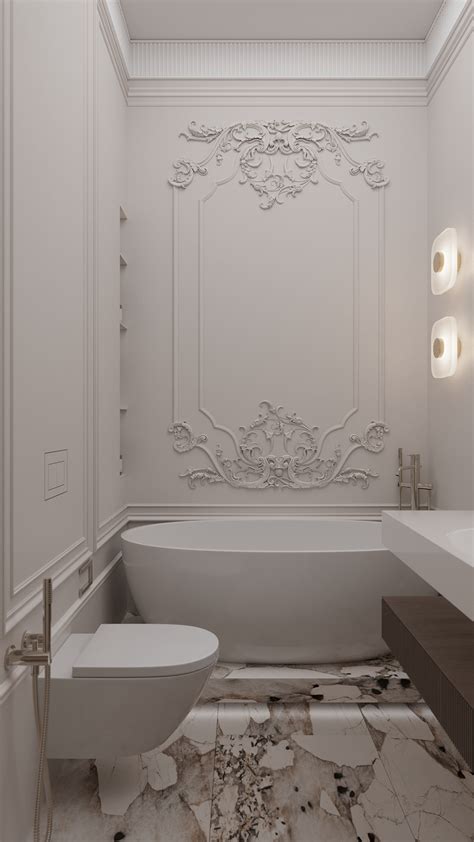
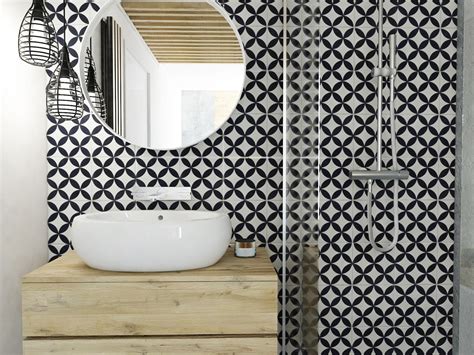
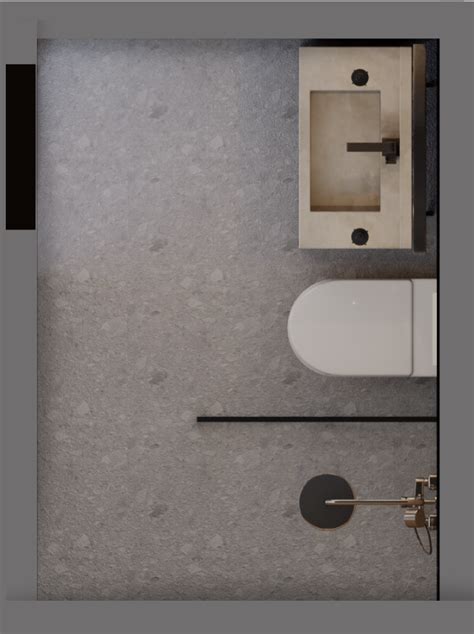
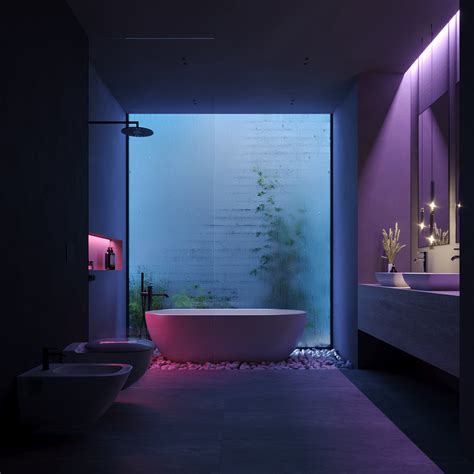
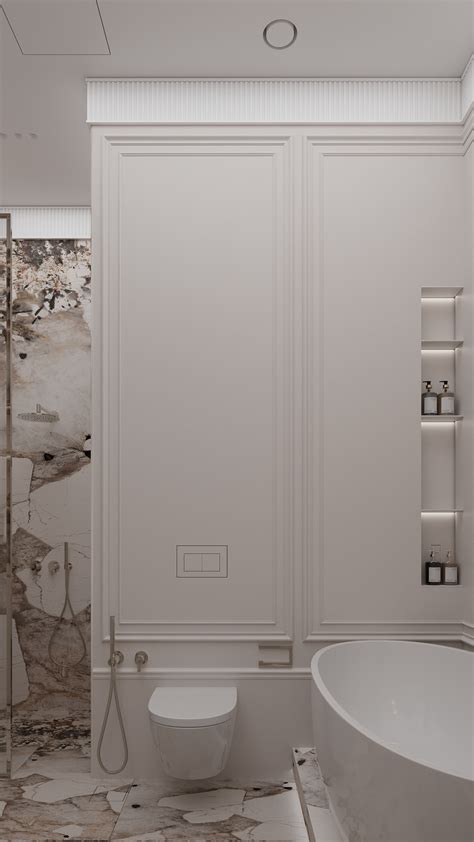
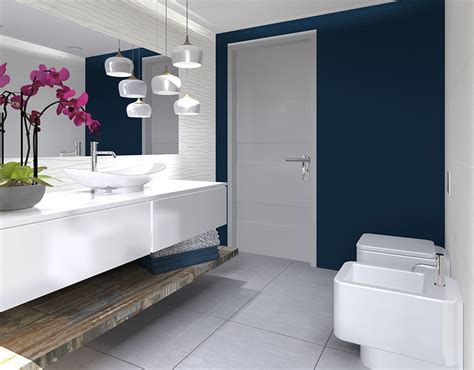
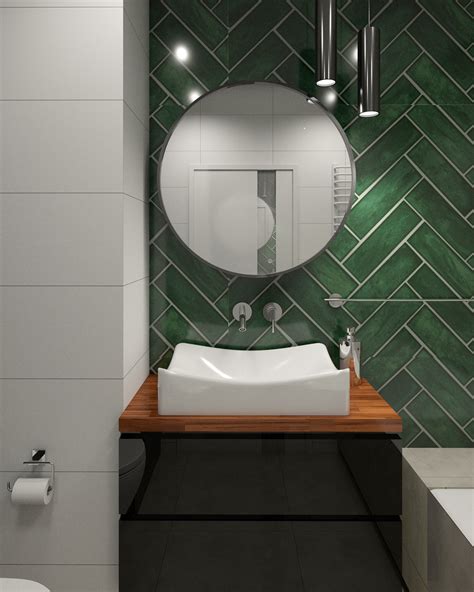
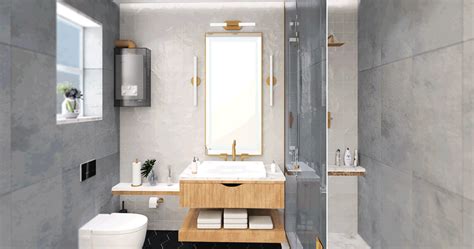
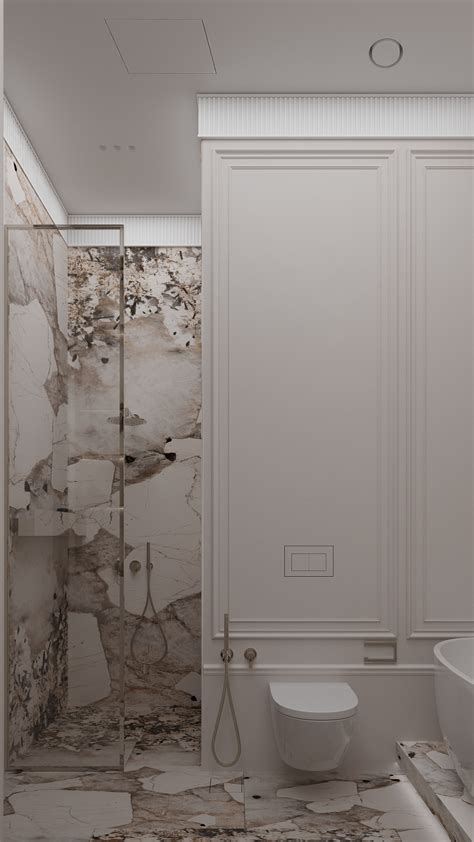
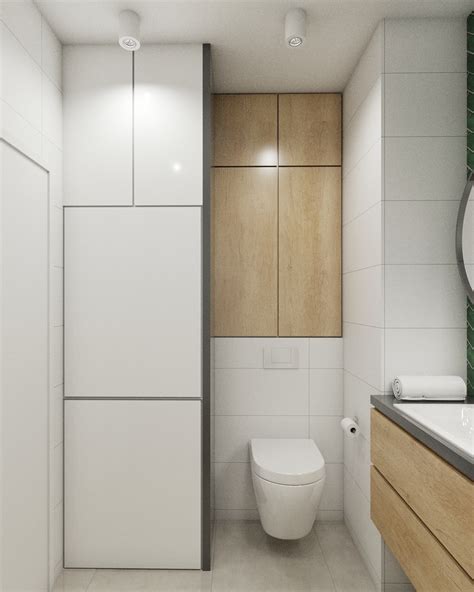
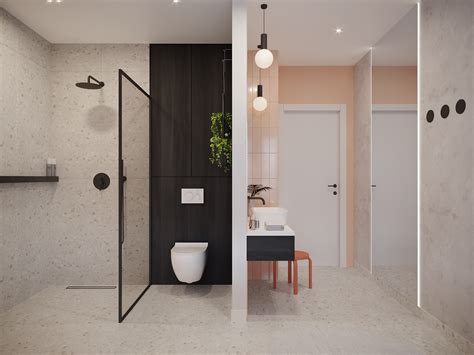
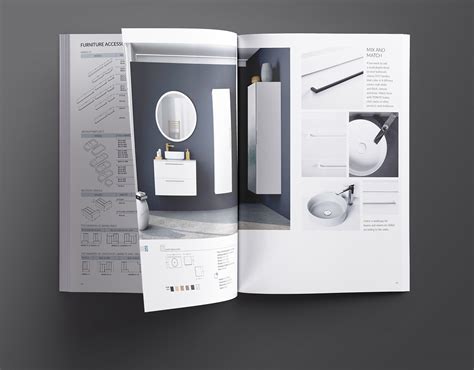
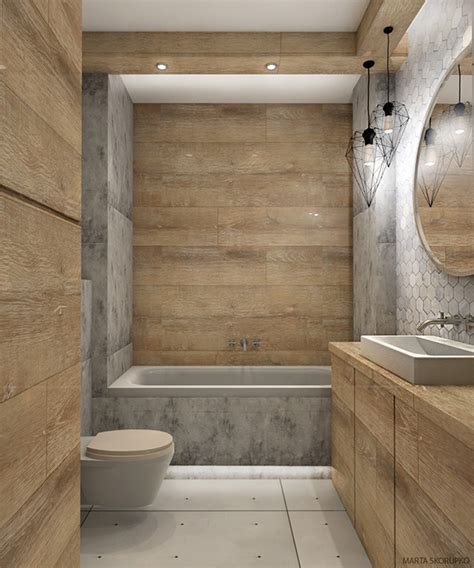


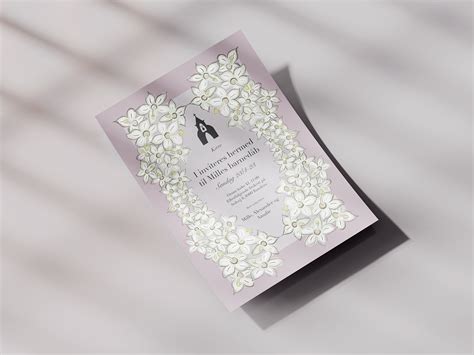
Leave a Reply
Your email address will not be published.